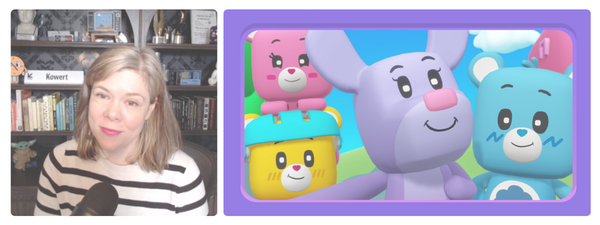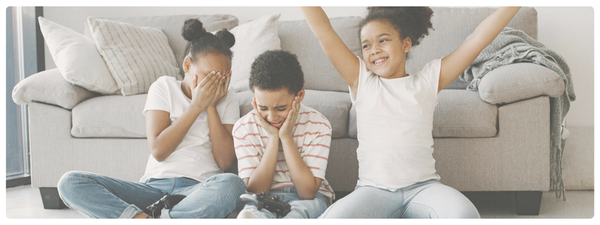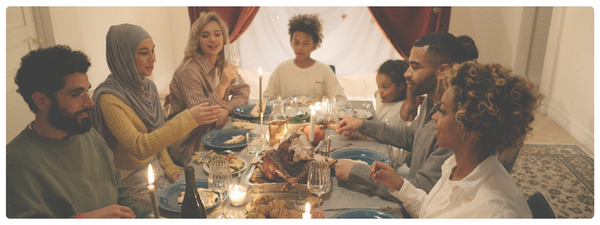Creativity isn’t something kids are simply born with. Some children might have a natural inclination toward imaginative play or artistic expression, but all children can learn to think creatively.
It’s a skill, a special way of thinking, that develops through encouragement, repetition, and consistent freedom to explore. And that creative thinking pays off in far more areas than just the art table.
Why Kids Need Creativity
Creativity is a skill that supports broader cognitive development (especially problem-solving and flexible thinking), emotional expression, and even social growth. When kids play pretend, come up with stories, build new contraptions out of blocks, or even navigate conflict on the playground, they’re practicing creativity in ways that shape how they think, communicate, and collaborate.
As a child, creativity is the ability to generate new ideas, alternatives, and solutions in unique or different ways. Academics might stick to thinking it’s just what’s “novel and useful,” but as long as it’s developing the cognitive muscle to look at the world with possibility, it’s likely a creative endeavor.
Digital play, then, offers nearly endless opportunities for exploring, strengthening, and practicing creativity. Used intentionally, digital experiences — be it a video game or an app for drawing, building, designing, or otherwise creating — amplify kids’ imagination, redefining the limits of what’s creatively possible.
What Does Creativity Look Like in Kids Ages 4–7?
Imagination takes center stage between ages 4–7. Children at this age are naturally curious and experimental. You’ll often notice them:
- Asking "what if?" questions
- Combining unrelated ideas
- Inventing games with shifting rules
- Assigning personalities to their toys or drawings
These are all hallmarks of early creativity.
But one of the most common myths I hear is that only artistic kids are creative. Not every child loves to draw — but that is by no means a measure of their creative potential. Creativity also shows up in how kids build with Legos, solve sibling disputes, invent knock-knock jokes, or reimagine the rules of a game to include more players.
It's visible in dance, dress-up, storytelling, and even in how a child communicates before they fully master language.

And while creativity may look like spontaneous magic from the outside, research tells us there’s a strong cognitive foundation behind it.
A 2023 study found that our various executive functioning skills, like working memory and cognitive flexibility, play a meaningful role in how children generate and refine creative ideas. Kids who showed stronger skills in these areas were better able to think in new ways and adapt their ideas when faced with challenges.
Similarly, a 2024 study found that children with stronger working memory and cognitive flexibility demonstrated higher creativity scores, especially in cooperative learning environments that encouraged collaboration.
These two pieces of research are great examples of how creativity does not exist in a vacuum separate from our other cognitive abilities. Creativity is not just a mysterious gift. It’s a trainable skill that depends on and develops alongside other core functions like memory, flexibility, and collaboration.
That means when we support creativity, we’re also supporting kids’ broader learning and life readiness.
Creativity Through All Kinds of Play
Can creative thinking be taught? Absolutely. Like any skill, it flourishes when it’s practiced, supported, and valued. And one of the best contexts for creative learning is play.
Unstructured Play Builds the Foundation
Traditional creativity often begins with open-ended play: dressing up, building pillow forts, digging in the dirt, or making art with no instructions. These unstructured, boredom-fueled moments are where creativity blooms. Children get to try things, fail, adapt, and try again.
As part of this foundation, playful digital media might already be influencing how kids fill their “bored” moments. Kids may be inspired to dress up like their favorite characters (I know I’m not the only one who had a Mario-themed Halloween last year!). It may be inspiring them to build bigger, more spectacular living room forts, or even, as was the case with my 7-year-old, inspiring them to pick up new creative hobbies (like crocheting, thanks to Sackboy!).
Digital Play Can Spark Creative Growth, Too
Of course, creativity doesn’t stop at the edge of a craft table. In today’s world, digital play is play. Like any play, it can be an incredible platform for storytelling, problem-solving, and collaboration. Digital play often mirrors traditional play, especially when it involves open-ended mechanics, narrative design, and opportunities for social co-play. However, video games are unique spaces for imaginative play and the safe exploration of new ideas.
Take Minecraft, for example. It’s essentially digital Legos. In creative mode, there are infinite ways to build, design, and experiment. Kids can construct simple machines, create fantastical art, or replicate real-world architecture, then break it down and start again. …but without the physical limitations (not to mention the cost) of tangible Legos.
Even watching Minecraft creators on YouTube can fuel creativity. My kids often watch a video, then reimagine what they saw in their own worlds. This kind of inspirational, almost collaborative impact turns a bit of passive screen time into a more engaging, creative digital experience.
How to Encourage Creativity in Your Everyday Routines
Supporting our kids’ creative growth can happen in all sorts of ways throughout the day. Working these habits into your natural routine can help kids think more creatively, whether they’re playing or not.
Ask Open-Ended Questions
When we give kids a runway, and less of a map, their imagination can take off. Try asking:
- "What else could we try?"
- "What if we did it backwards?"
- "How many different ways can you build a tower?"
- “How would this work on the moon?”
Sometimes, the more ridiculous, the better. The point of these questions is to spark flexible thinking and help kids explore possibilities.
Celebrate the Process, Not the Product
The best part about creativity is that failure is still a whole lot of fun. Sure, your drawing or your video game castle didn’t turn out, but look at how focused, engaged, and interested you were the whole time — I’d say you were enjoying yourself, kid!
Creative thinking thrives on iteration and imperfection. Normalize failure and boredom as part of the journey.
I tell my kids all the time: “There’s no wrong way to do art.”
The same is true for creativity. The only “wrong” way to be creative is to not give the space and opportunity to practice it.
Model It Yourself
If creativity is so important — where’s yours?

Let your child see you doodle, problem-solve, or mess up a recipe. My kids love watching me fail (badly!) at Minecraft. We laugh, try again, and learn together.
Even asking your child for input on something mundane, like, "How should I decorate these cupcakes?" shows them that creativity is a part of so many everyday activities.
Sometimes, kids who say, "I don’t know what to make," just need a little prompt. A suggestion like "Draw something using only yellow," or "Try making something with your non-dominant hand" can get the wheels turning.
You can also model your own comfort with failure and the sometimes emotional journey of creativity. Give yourself some grace when the recipe fails, just as you would want your kids to do when they embrace their own sparks of creativity.
In fact, when things don’t go as planned it is a perfect opportunity to show how failure fuels creativity. You might discover something unexpected, develop a new technique, or simply show that some of the best innovations come from happy accidents and the willingness to keep experimenting.
What Makes a Digital Experience Creatively Rich?
Not all screen time is created equal. Some digital experiences are designed for passive consumption. They might inspire creativity, but they won’t help kids practice it. Other types of digital engagement are built for creativity.
You can look for:
- Open-ended design, where there’s more than one right answer
- Personalization like customizable avatars, worlds, or creations
- Loose boundaries with the freedom to experiment or bend the rules
- Co-play or collaborative tools
Games like Minecraft, Animal Crossing, and Tears of the Kingdom are great examples. In Zelda: Tears of the Kingdom, players can use objects in the environment to solve puzzles in completely different ways. People have built catapults, flying machines, and elaborate contraptions just to cross a river. That’s creative problem-solving in action.
Even games not designed for creativity can spark it. Linear puzzle games still require divergent thinking, and unique art styles (like Paper Mario) can inspire kids visually and emotionally.
Balancing Screen Time and Creativity
Digital play and other forms of active screen time don’t kill creativity, as perhaps our parents used to so staunchly believe. These devices and worlds have become powerful sources of inspiration and inventive methods of exploring creative outlets.
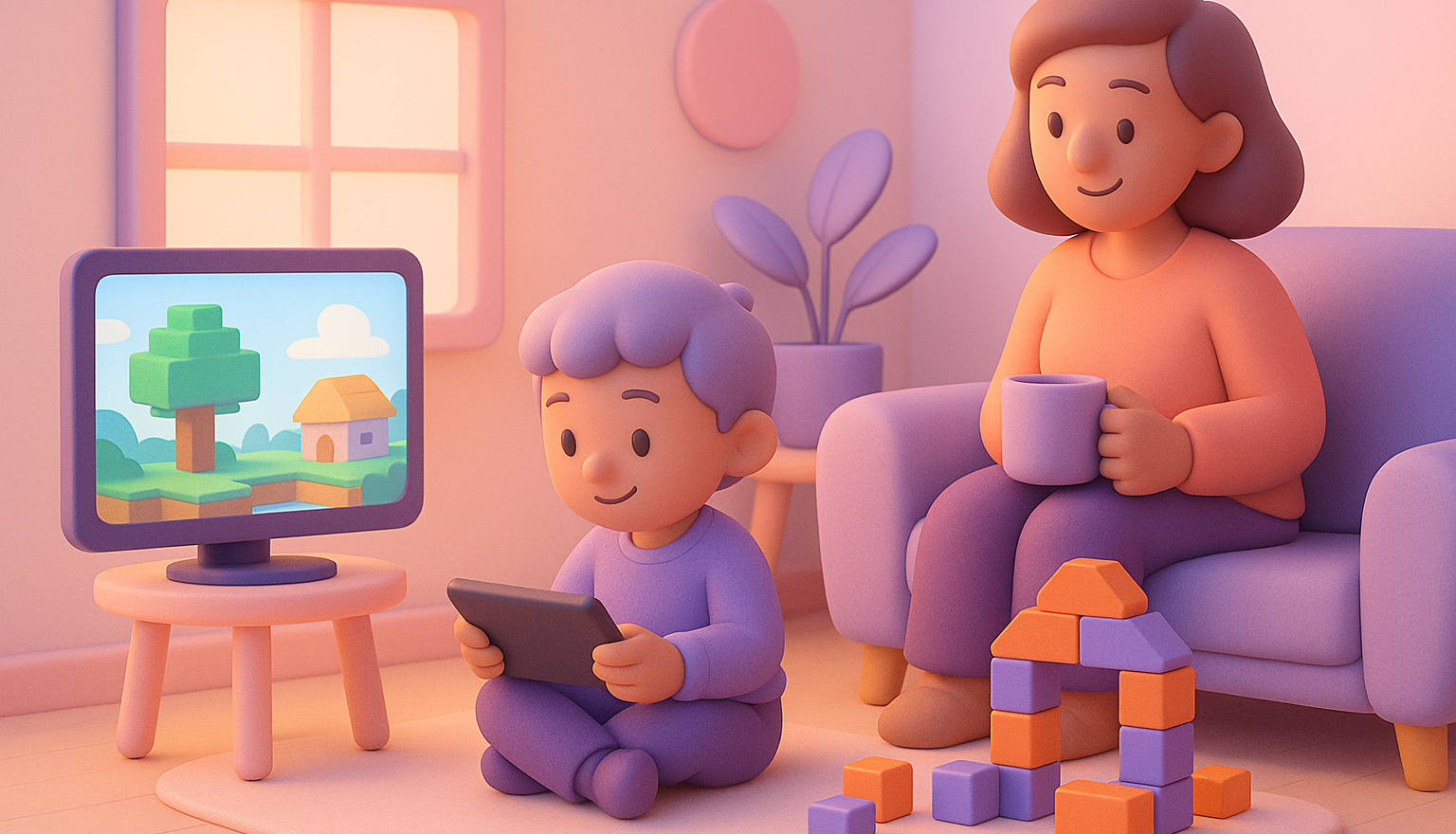
I’m not saying kids can just zone out in front of the TV for hours, then jump up and make some beautiful art. But if they’re intentionally using digital tools to practice and discover creativity, they’re just involving themselves in the latest artistic medium — pixels, to put it simply.
Still, a few simple concepts can keep things balanced:
- Find a rhythm of digital, offline, and hands-on engagement to encourage variation
- Join in — watch, play, and create together, even if just for a moment
- Ask about and listen to what your child is building, exploring, imagining, and bringing to life in their digital worlds
When parents worry that screen time is "taking something away," I ask: What are they actually doing on the screen? If your child is building in Minecraft or telling stories in Animal Crossing, they’re likely being more creative than they would be in a worksheet or even some analog activities.
And as your child grows, your role evolves. At first, you’re a gatekeeper. Eventually, you become a guide. That means staying curious about what your child is playing, talking to them about their experiences, and helping them make thoughtful choices.
You can’t guide them if you don’t know the terrain.
The Future of Digital Creativity and Play
Creativity doesn’t live in one format or one type of activity. It lives in how kids explore, question, combine, build, and try again. It lives in the messy middle between ideas and outcomes.
Whether your child is building with blocks or building in Minecraft, your support and curiosity are the real fuel.
You don’t have to be perfect. You just have to be present, intentional, and a little curious.
FAQs: Developing Creativity Through Digital Exploration
Why is creativity important for kids?
It supports brain development, problem-solving, emotional expression, and resilience.
How do I teach my child to be creative?
Give them space, tools, and encouragement. Let them explore without pressure to get it "right."
Is screen time bad for creativity?
Not inherently. It depends on how screens are used. Open-ended games and creative apps can support imaginative thinking.
What if my child isn’t very imaginative?
Try offering gentle prompts, fewer constraints, or new mediums. Creativity shows up in many forms, not just drawing or storytelling.
How can I support my child’s imagination?
Celebrate their ideas, ask open-ended questions, and play with them when you can.
What makes a digital experience creative?
Loose rules, customizable content, and space to experiment are good signs.
What toys or games help develop creativity?
Both analog (like Legos) and digital (like Minecraft or digital drawing apps) can foster creativity when they let kids create, iterate, and explore.



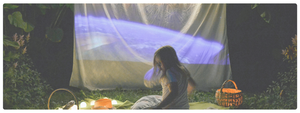

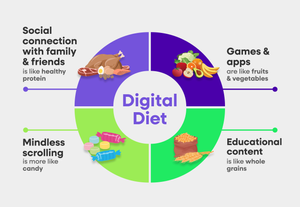
 Copy Link
Copy Link
 Share
to X
Share
to X
 Share
to Facebook
Share
to Facebook
 Share
to LinkedIn
Share
to LinkedIn
 Share
on Email
Share
on Email
